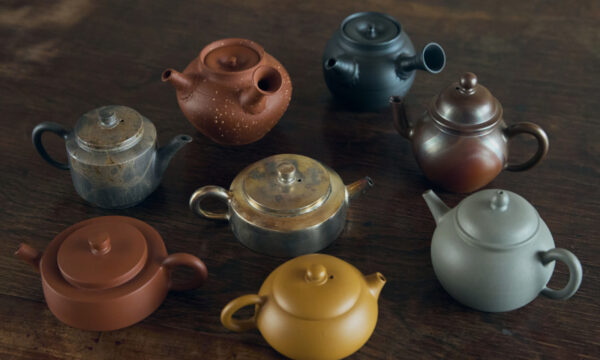
What makes a good teapot – A look at Gafu Ito’s process for making teapots
2024.05.24 Teaware ArtistsINTERVIEW
- Oolong Tea
- Aichi
There is an ever-increasing number of people gaining an appreciation of Gafu Ito’s handcrafted teapots.
They feature a distinguished and classic design, yet at the same time, they are also stylish and well-balanced. The moment you take one in your hands, you can immediately feel the sense of expression and texture exuding from the clay.
Where does this appeal originate from? And just what kind of person is Gafu?
In search of answers, I paid a visit to his workshop in Tokoname City, Aichi Prefecture in order to see how he crafts his teapots.
Tokoname is a city located in the center of the Chita peninsula’s west coast, about 30 minutes by train from Meitetsu Nagoya Station. While on the train, I noticed many people with suitcases and came to realize that Chubu Centrair International Airport was just one stop past my destination.
The name “Tokoname” has an odd ring to it, but its etymology is said to have come from the clay-like soil that has been long found in the area and was referred to as “smooth ground,” with the word “toko” meaning ground. It is the high quality of this clay that makes it so suitable for pottery. The cities of Echizen (located in Fukui Prefecture), Seto (Aichi), Shigaraki (Shiga), Tamba (Hyogo), Bizen (Okayama), and Tokoname have long been known as ceramic-producing regions, and are collectively referred to as the “Six Ancient Kilns” of Japan. Of them, Tokoname is the oldest and most prolific due to the quality of its soil.
Clay from Tokoname contains large amounts of iron, which makes it ideal for firing even at lower temperatures. This is an advantage when creating larger pottery wares, and large jars have been made in the area for more than 900 years since the late Heian period. Tokoname’s soil is also known for the way it turns red when fired, and is called “shudei” (crimson mud), which comes from the soil’s tendency to turn red when exposed to fire. Gafu is especially proud of his “yakishime” (pottery fired at high temperatures without glaze) and “honshudei” (true shudei) teapots, which refrain from using any colored glazing or iron oxide in their creation.
Gafu maintains a workshop in his hometown of Tokoname, where he crafts handmade teapots on an almost daily basis.
“I pretty much have no time to take a day off. As someone who takes pride in my craft, a day off is a day when I’m not creating anything,” Gafu says with the pride of a true craftsman. Still, as hard as he works, Gafu manages to retain his gentle demeanor, along with a soft smile and modest way of speaking, that makes him easily approachable.
I asked him to demonstrate the basics of how to make teapots, and the first thing he showed me was his daily ritual for preparing the clay.
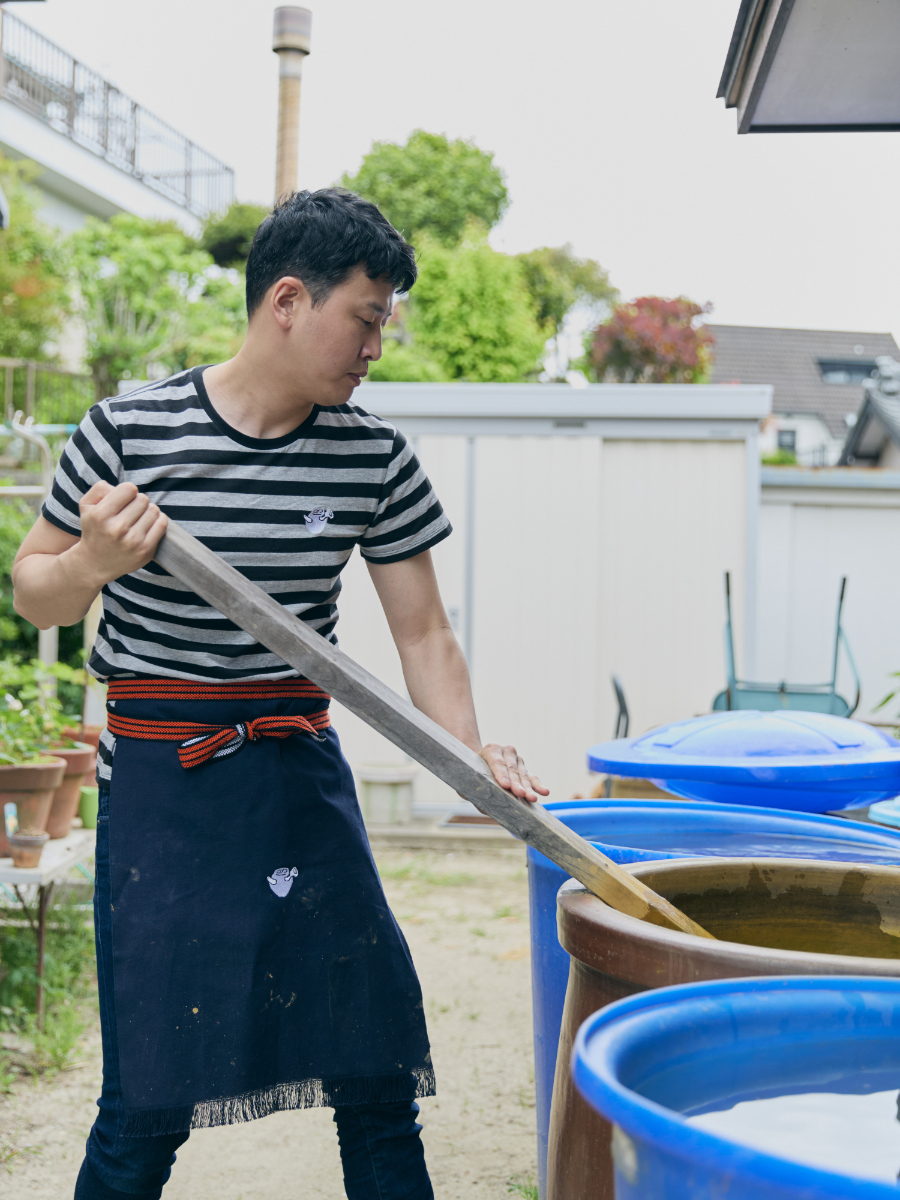
The idea of “making soil” is probably a foreign one to most people. The soil that Gafu uses is collected only from nature, meaning that in addition to clean, pure clay, it also contains plant roots and other bits of detritus. The elutriation process sorts through the clay to extract only the finest samples to be used for making the teapots.
“This pot (a brown earthenware pot) contains raw soil, so it has bits of rubbish and other items mixed in with it. I place the mixture through a sieve in order to separate out the best soil. It’s not like I have to do it every day, but if I don’t, then I’m not able to make the clay either.”
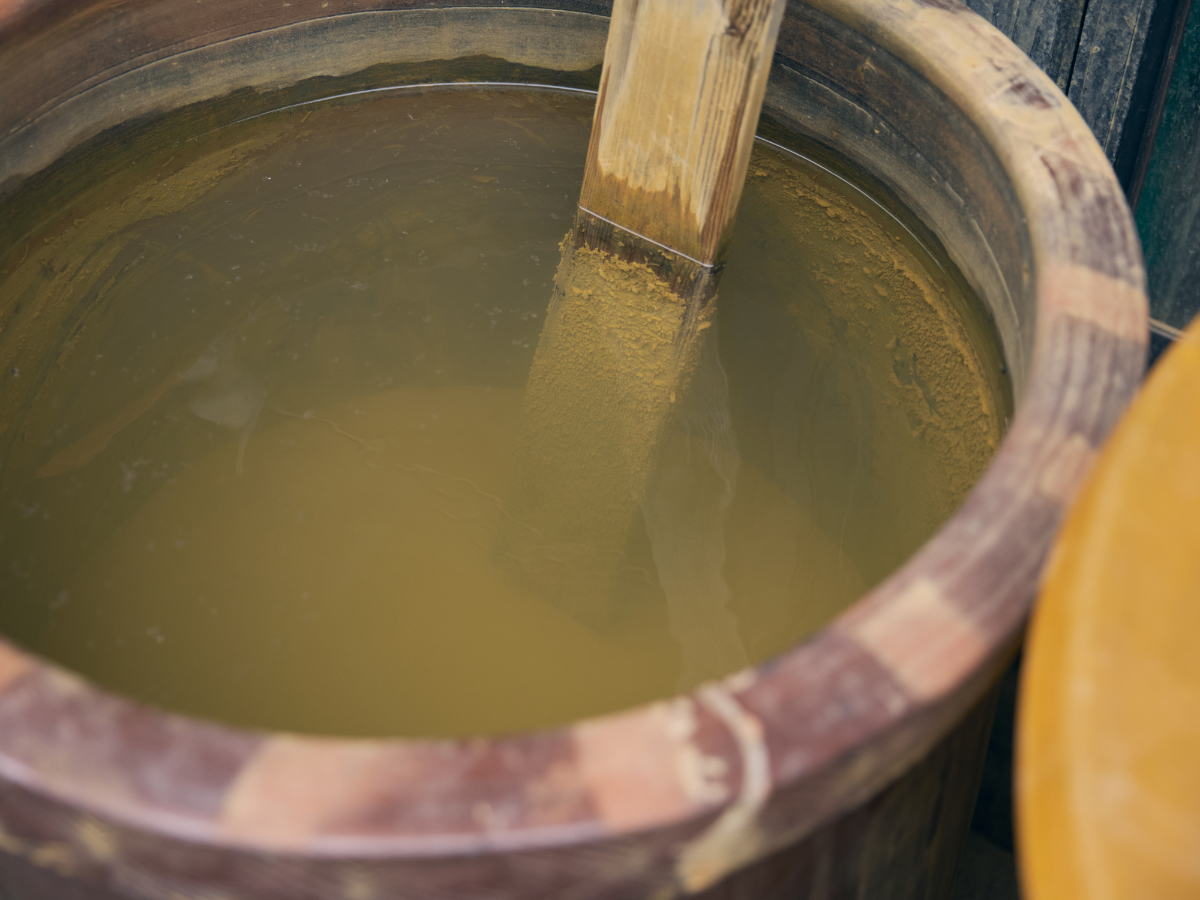
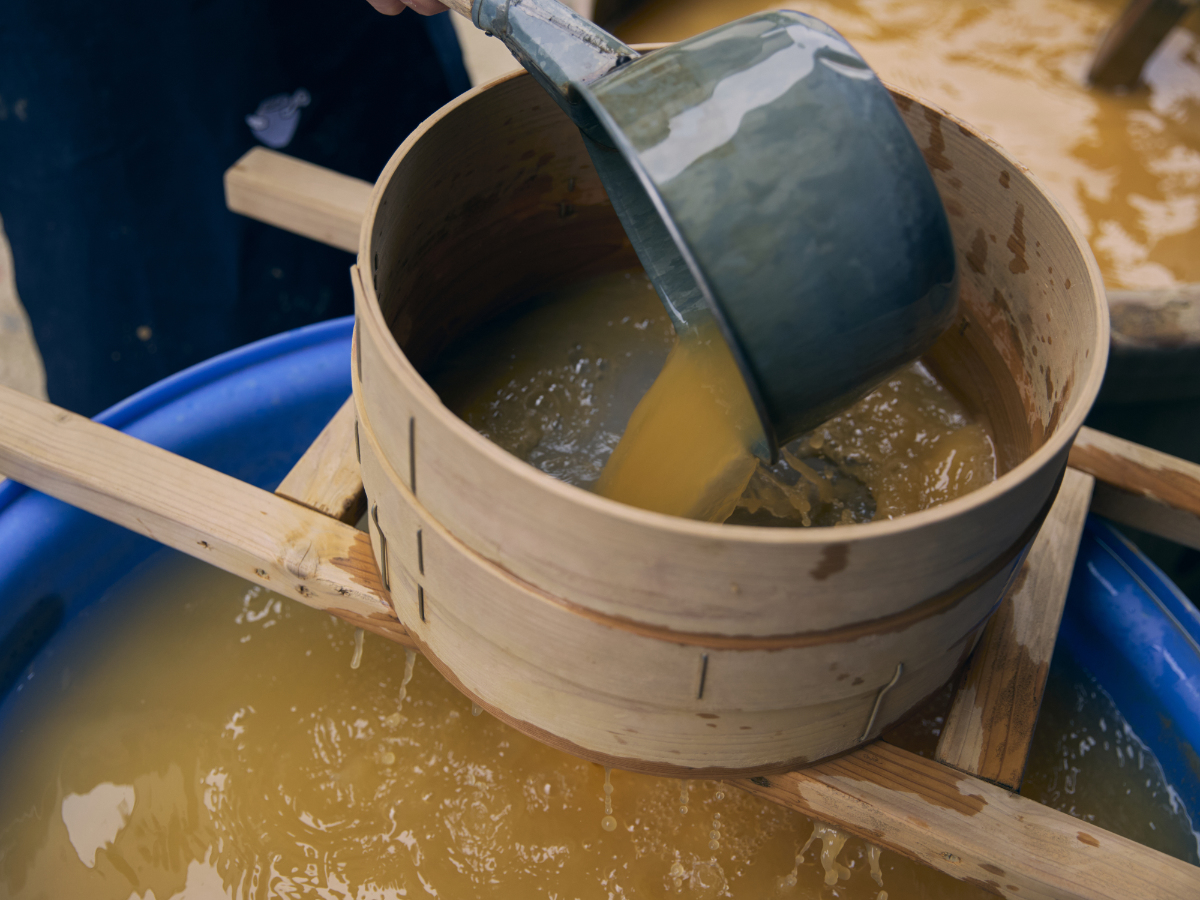
“The mesh is quite fine, so you’re only able to collect a little bit at a time. That’s why I need to keep at it all year long. Naturally, there are some days when I just can’t get around to it (laughs), but once I’ve gone through the process about 365 times, it’s finally time for me to drain the water. I then transfer it to a different pot every January. Those particular pots were not properly fired, so the water is gradually emptied as it seeps out. After a few months, the pot’s content will be reduced to about half of its original volume and will finally be solid enough to knead. The clay is then left in that state for another three to five years.”
I find myself amazed at how casually he describes such a long, painstaking process. So basically, the work he did today will continue until January of next year, at which point he’ll need to then wait another three to five years before he can actually work with the clay to make something out of it. Although the process itself is much simpler than I expected, it still requires considerable time and effort.
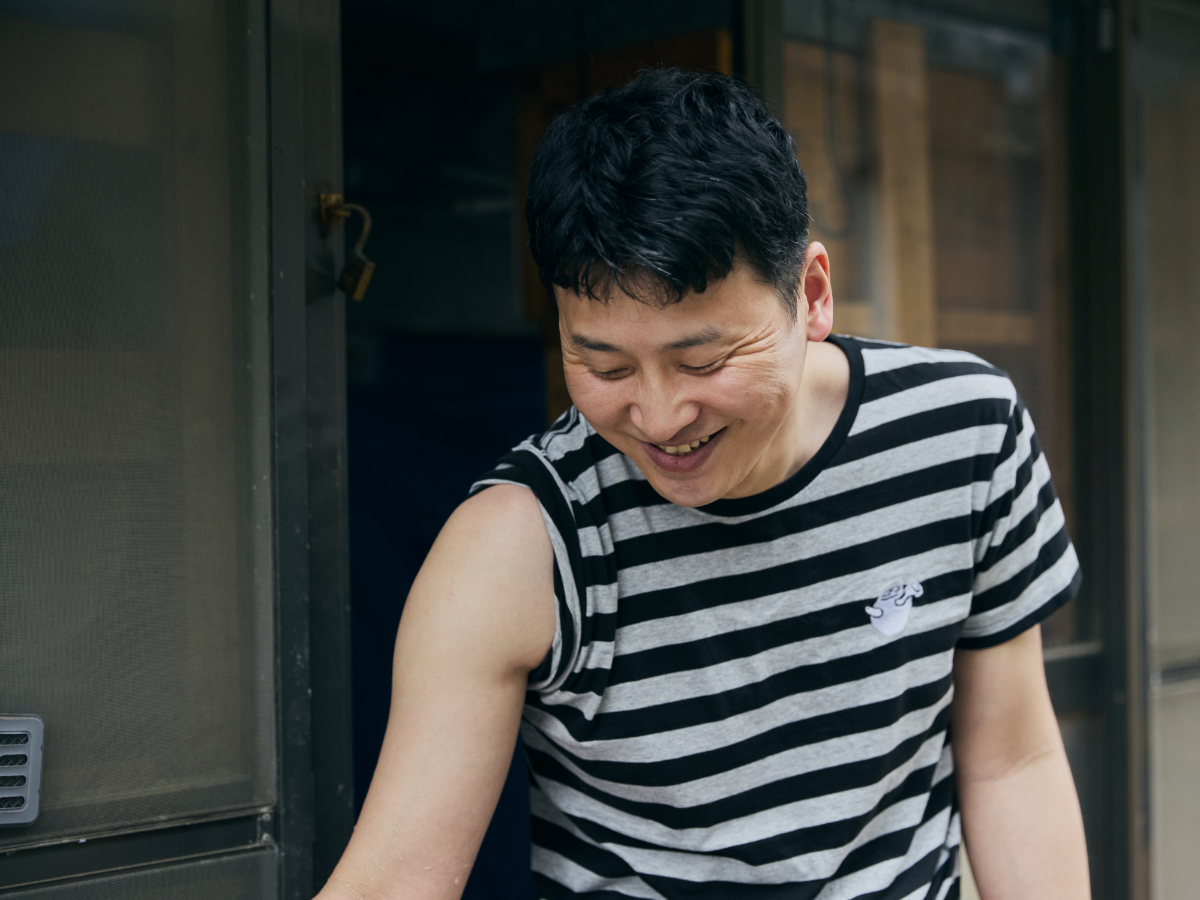
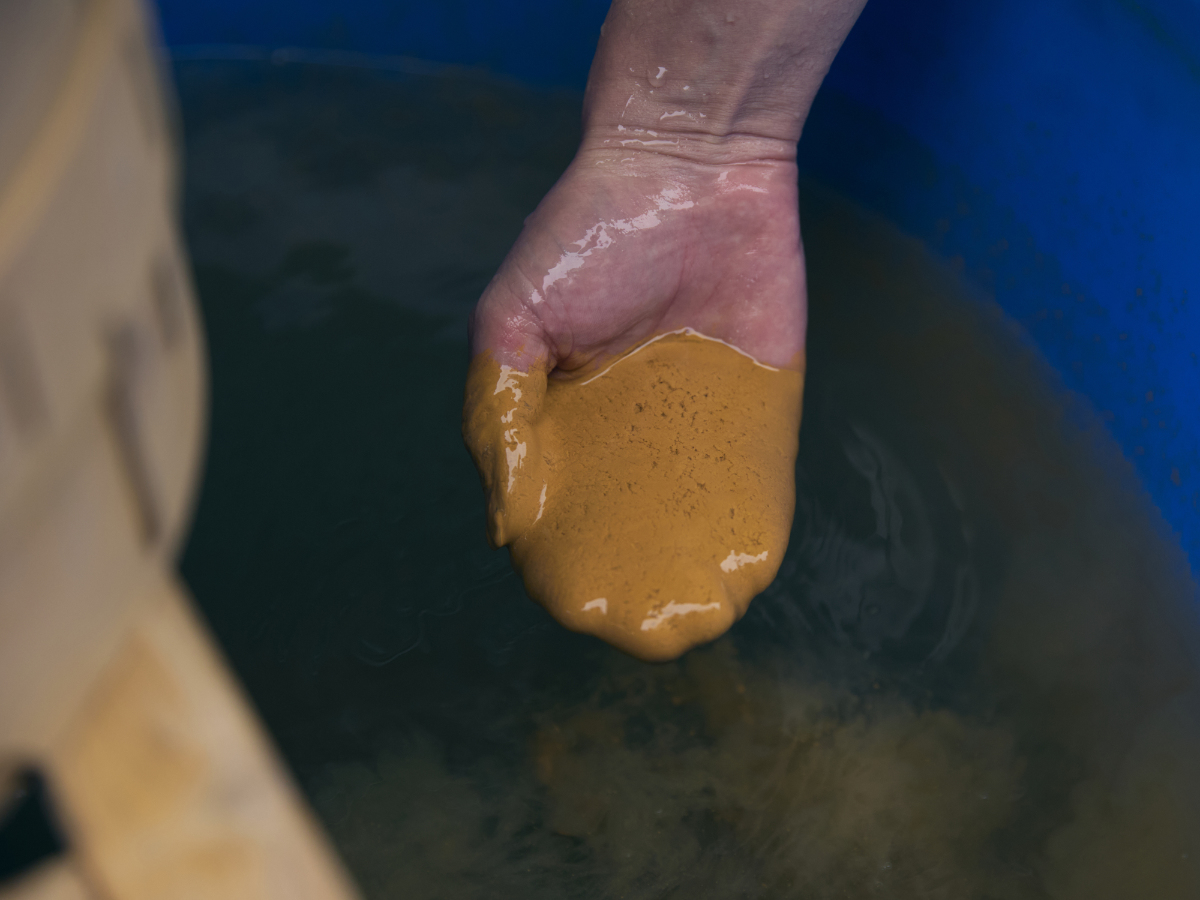
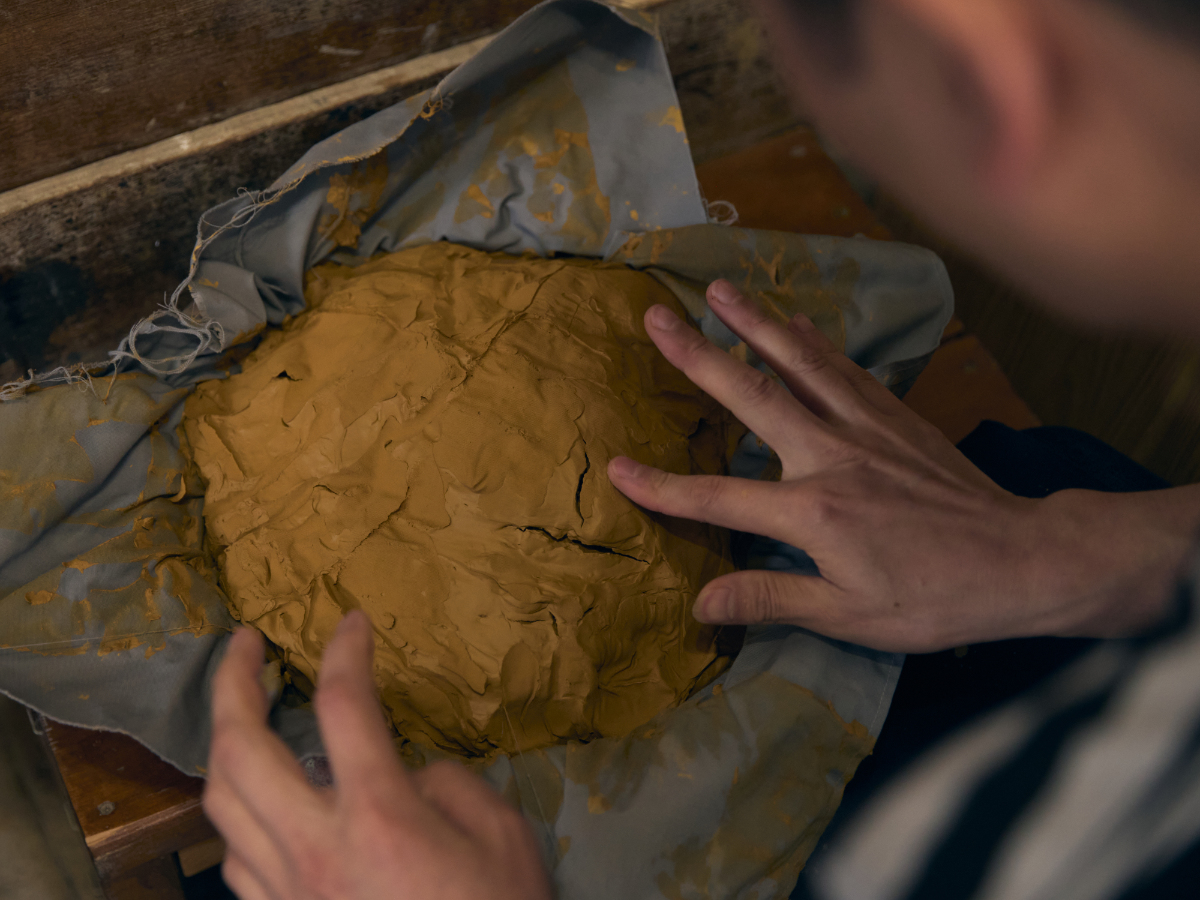
“The process of creating this refined clay is what causes the soil-making process to be so difficult. You can get soil that has been pulverized by a machine, but I feel it’s different when compared to soil that has natural particles within it like this. Ever since I started my own business, I felt that because Tokoname teapots are known as ‘yakishime teapots,’ I must approach the topic of clay seriously.”
Although it is common for people to purchase the clay they use, Gafu insists on using clay that he has created himself for all of his wares. “I’m not doing anything new here,” he says as he describes the elutriation process as a traditional method. However, he has been considered somewhat unusual as someone who insists on continuing to use it in modern times.
“People often ridiculed me when I first started out. They considered it pointless to try and work with honshudei in this day and age. However, some people actually praised me for getting back to the procedure’s origins. Still, it’s not like I’m doing anything special, really. I learned how to perform the elutriation process from my Taisho (the term that Gafu calls his mentor, Fugetsu Murakoshi), and I was impressed that you could make such beautiful soil through your own efforts. Besides, I find it more enjoyable to make everything myself from scratch. If someone complimented a teapot I made from clay that I had bought, I don’t think it would mean as much to me. I’m happy because they’re complimenting something where I was responsible for every aspect of its creation. That’s why I insist on handling every step of the process, from firing the pottery to inspecting the finished goods and then shipping them to customers. Though I suppose you could say I’m not handling things in the most efficient manner.”
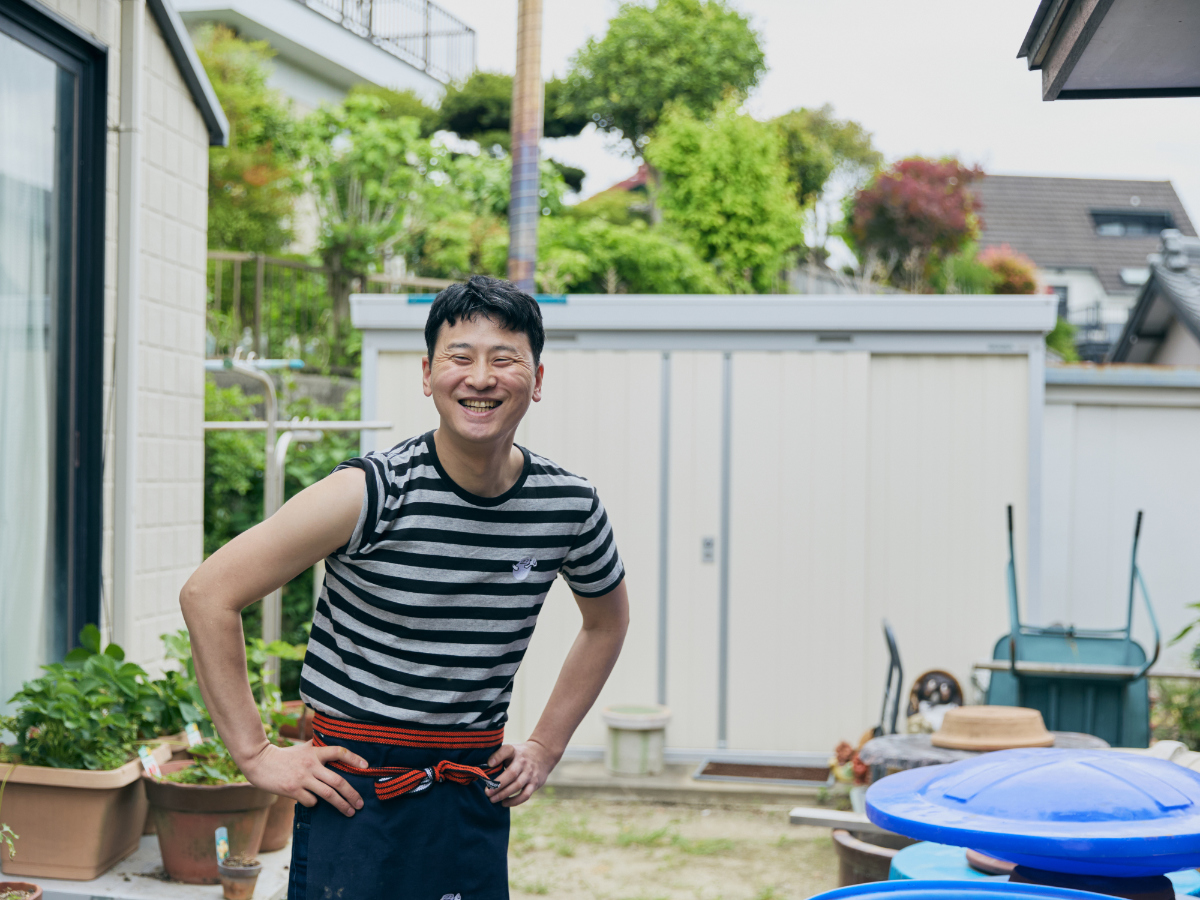
I was impressed by the manner with which Gafu seemingly groaned at his perceived troubles, only to immediately follow them with his usual warm smile. Since he has worked day after day for a period of years, he states, “It seems like it’d be a waste to use this clay to make anything other than teapots.” Indeed, his pride as a teapot maker clearly shines through in his work.
Over the past couple of years, he has obtained soil from various tea-producing regions around the country and has used the same elutriation process to turn it into clay that can be used to create teapots. “I consider it to be something like a hobby of sorts,” he says. Still, his love for his craft is easy to see, as he believes that “teapots only exist because there is tea to drink from them,” so he strives to create such connections with tea farmers as well.
Despite being born and raised in Tokoname, Gafu says he does not come from a family of pottery or teapot makers. As such, how did he end up becoming one of the more notable teapot makers today? In the second half of this feature, I ask him about his workshop and the process he uses to craft his teapots.
Gafu Ito
Born in Tokoname City in Aichi Prefecture in 1988. Upon his graduation from Tokoname High School’s Ceramics Department, he went on to study pottery as part of his industrial and arts courses at Nagoya Zokei University. While still in university, he began studying under Fugetsu Murakoshi in 2009. He then set out on his own in 2012, opening a shop in Tokoname. He will be hosting an exhibition at the Utsuwa Note Gallery in Kawagoe City, Saitama Prefecture, from December 14–21, 2024.
instagram.com/gafu_ito
Photo by Mishio Wada
Text (originally in Japanese) by Yoshiki Tatezaki
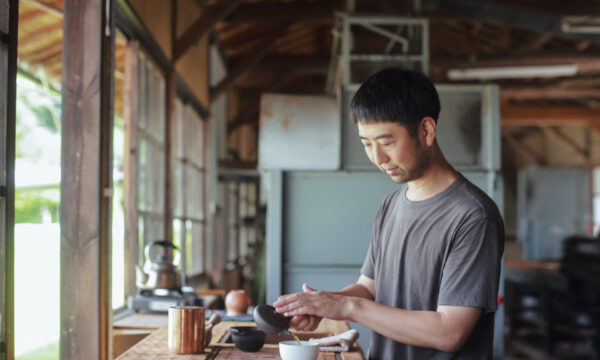
2024.09.20 Tea CraftsmenINTERVIEW
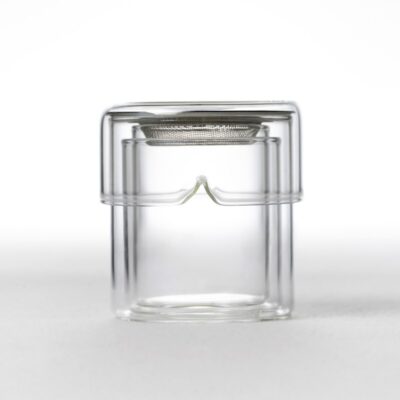
内容:フルセット(グラス3種、急須、茶漉し)
タイプ:茶器
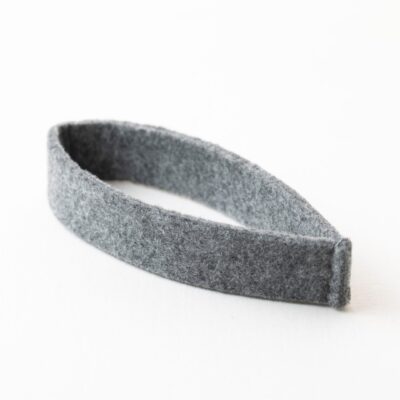
内容:スリーブ×1種(素材 ポリエステル 100%)
タイプ:カスタムツール